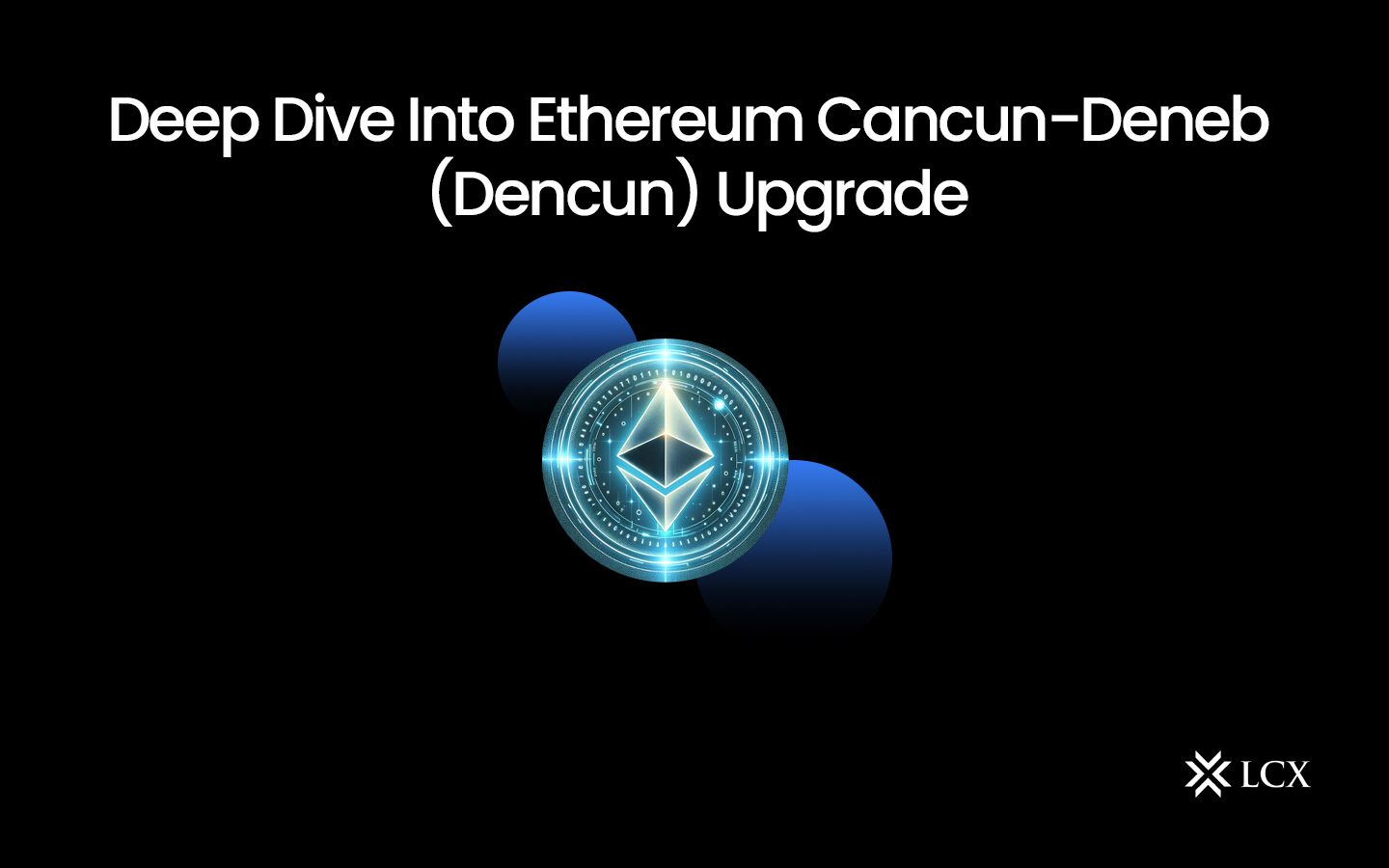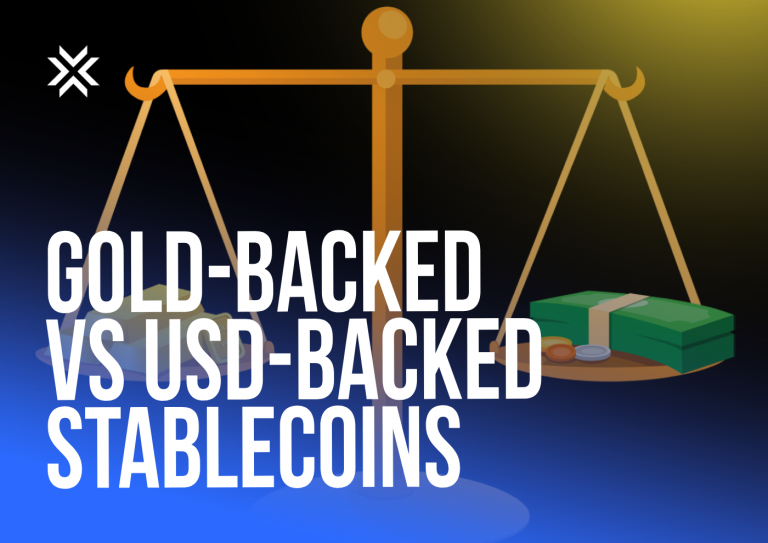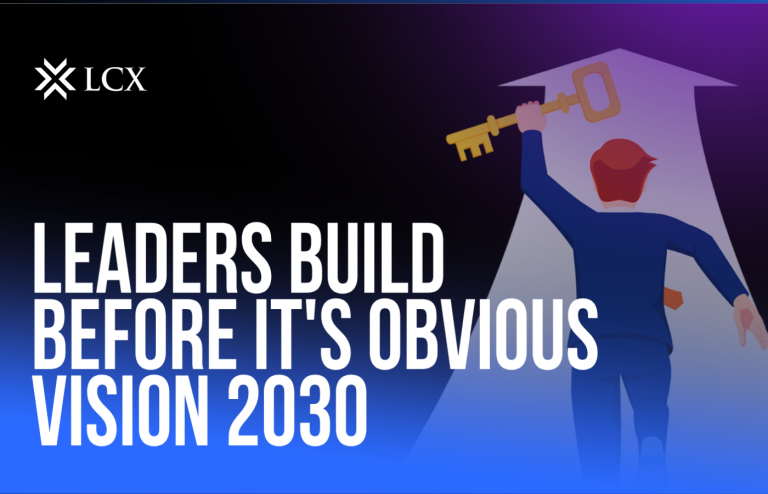Introduction
Periodic enhancements and revisions are implemented within the Ethereum ecosystem with the objective of augmenting scalability, security, and overall performance. Subsequent to the substantial enhancements implemented in the Ethereum Shanghai network on April 12, 2023, the Ethereum Cancun-Deneb (Dencun) Upgrade, which is imminent, will represent an additional momentous occasion.
The Shanghai upgrade, which was executed on April 12, 2023, was primarily concerned with enhancing the Ethereum Virtual Machine (EVM) and implementing a number of protocol improvements. The primary objectives were to increase gas efficiency, decrease transaction costs, and optimize the overall network user experience. Significant progress was made by Ethereum on its path to becoming a more sustainable and scalable blockchain platform with the Shanghai upgrade.
At present, with Ethereum persisting in its pursuit of innovation, focus is directed towards the eagerly awaited Cancun-Deneb (Dencun) Upgrade. The hard fork in question signifies the subsequent stage in the evolutionary trajectory of Ethereum and holds the potential for additional improvements that will effectively tackle current obstacles and grant access to novel opportunities.
An improvement set known as the Cancun-Deneb (Dencun) Upgrade encompasses a sequence of enhancements to the Ethereum network’s execution layer (Cancun) and consensus layer (Deneb). Significant modifications will be implemented concurrently to improve scalability, security, and usability. Dencun is an initiative by Ethereum that seeks to enhance the infrastructure supporting decentralized applications (dApps) and smart contracts, thereby stimulating innovation and facilitating the widespread implementation of blockchain technology.
Understanding Ethereum Cancun-Deneb (Dencun) Upgrade
The highly anticipated Ethereum Cancun-Deneb (Dencun) Upgrade is a hard divergence that signifies a substantial turning point in the continuous development of the Ethereum network. By capitalizing on the achievements of prior enhancements, including the recent Shanghai upgrade, Dencun endeavors to implement significant security, usability, and scalability improvements. This section will provide an in-depth analysis of the upgrade, examining the significant improvements and features that Ethereum stakeholders and enthusiasts can anticipate.
Cancun: Scalability Improvements- The Cancun enhancement primarily targets the Ethereum network’s execution layer. The document presents a number of Ethereum Improvement Proposals (EIPs) that aim to optimise gas efficiency and scalability. One noteworthy EIP is EIP-1234, which ensures a seamless transition to Ethereum 2.0 by modifying the block reward and delaying the “difficulty bomb.”
Deneb: Enhancing Security and Consensus- The Deneb upgrade is specifically designed to improve the security and consensus mechanisms of the Ethereum consensus layer. An essential EIP is EIP-2322, which introduces a more robust and efficient enhancement to the Ethereum Proof-of-Stake (PoS) consensus algorithm.
EIPs Finalised for Implementation- The Ethereum Cancun-Deneb Upgrade integrates a number of finalised EIPs that are now slated for deployment. These consist of:
EIP 1559: This proposal (EIP-1559) presents a novel fee framework with the dual objectives of enhancing user satisfaction and diminishing transaction charges. The implementation of a dynamically adjusting base fee in response to network demand streamlines the process of fee estimation and mitigates congestion.
EIP-2929: This EIP fortifies the Ethereum network’s security by augmenting the expenses associated with specific operations. As a result, malicious actors will find prospective attacks more costly to execute.
EIP-2537: It presents a novel opcode tailored for Ethereum, which streamlines the verification process of elliptic curve signatures by contracts. This improvement enhances both privacy and scalability.
Expected Benefits- The Ethereum Cancun-Deneb Upgrade provides the Ethereum ecosystem and its users with tremendous potential. The objective of the upgrade is to furnish developers and end-users with a more streamlined and intuitive experience through the resolution of scalability concerns, optimization of gas efficiency, and reinforcement of security measures. Furthermore, it establishes the groundwork for forthcoming developments and facilitates Ethereum’s shift towards a consensus mechanism that is entirely PoS.
Implementation and Timeline- It is anticipated that the Cancun-Deneb Upgrade will take place in the future months, although an exact date has not been specified. By actively working on the deployment and testing procedures, the Ethereum community and developers are minimizing potential network disruptions and ensuring a seamless transition.
Therefore, the Ethereum Cancun-Deneb (Dencun) Upgrade signifies a substantial advancement for the Ethereum blockchain. By prioritizing scalability, security, and usability, this upgrade endeavors to tackle significant obstacles and grant Ethereum and its thriving ecosystem access to fresh prospects.
What Is the Concept of Proto-Danksharding?
One of the notable developments in the Ethereum Cancun-Deneb (Dencun) Upgrade is the implementation of danksharding and proto-danksharding. These technologies are designed to enhance the efficacy and scalability of the Ethereum blockchain. The aforementioned concepts are elaborated upon in the article titled “Everything You Need to Know Regarding the Ethereum Cancun Upgrade.”
Danksharding
The concept of partitioning the Ethereum blockchain into smaller, more manageable segments known as “blobs” is referred to as Danksharding. The objective of the upgrade is to augment the capacity of the Ethereum network and diminish transaction fees through the implementation of danksharding. By enabling parallel processing of transactions and smart contracts, this partitioning method increases throughput and scalability.
Proto-Danksharding
A feature proposed for the Ethereum Cancun-Deneb Upgrade, proto-danksharding (EIP-4844) expands upon the notion of danksharding. It augments the functionality of danksharding by generating supplementary storage capacity for data on the Ethereum network. The augmented storage capacity facilitates the processing of substantial volumes of data in a more streamlined manner, thereby augmenting scalability.
The implications of proto-danksharding implementation for layer-2 rollups are substantial. Expanding the storage capacity for data structures is anticipated to result in a decrease in gas expenses linked to the utilization of layer-2 solutions, thereby providing Ethereum users with a more economical and uninterrupted experience.
By implementing danksharding and proto-danksharding, the Ethereum Cancun-Deneb Upgrade effectively tackles a significant obstacle that the Ethereum network currently encounters: scalability. These advancements enable the network to process a greater quantity of transactions and smart contracts, thereby promoting the expansion and acceptance of decentralized applications (dApps) constructed on the Ethereum platform.
In light of the ongoing evolution of the Ethereum ecosystem, danksharding and proto-danksharding symbolize pivotal measures in the pursuit of Ethereum’s overarching scalability objectives. Through enhanced transaction efficiency and capacity optimization, the upgrade establishes the foundation for a more scalable and sustainable Ethereum network.
Ethereum Dencun Upgrade to Focus on “Blobs”
“Blobs” refers to the partitioned sections of the Ethereum blockchain in the context of danksharding and EIP-4844 (proto-danksharding). The objective of danksharding is to partition the Ethereum blockchain into more manageable blobs, wherein each blob is specifically designed to execute transactions and smart contracts. These discrete blocks operate as autonomous segments within the wider Ethereum network. Danksharding establishes parallel processing by dividing the blockchain into blobs, which permits the concurrent execution of numerous transactions and smart contracts.
As previously stated, proto-danksharding, or EIP-4844, expands upon this notion by incorporating supplementary storage capacity for data within individual blobs. The augmented storage capacity facilitates the incorporation of a greater quantity of data, including smart contract code, transaction data, and related metadata. By augmenting the storage capacity, proto-danksharding facilitates the more streamlined management of increased data volumes within individual blobs.
There are numerous advantages to employing clusters in danksharding and proto-danksharding:
Enhanced Scalability: By partitioning the blockchain into smaller chunks, parallel processing is enabled, which increases the capacity of the Ethereum network to process a greater number of transactions and smart contracts. This enhanced scalability contributes to the reduction of transaction fees and congestion.
Enhanced Resource Allocation: Through the partitioning of the blockchain into autonomous entities, resources including storage capacity and processing power can be allocated in a more streamlined fashion. Blobs can be configured to execute particular smart contracts or process specific categories of transactions, thereby optimising the allocation of network resources.
Flexibility and Modularity: The flexibility and modularity of the Ethereum network are enhanced through the utilisation of containers. This feature facilitates the modification or elimination of blobs in response to the changing requirements of the network, thereby enabling the smoother integration of future scalability enhancements.
In its entirety, the implementation of blobs in danksharding and proto-danksharding furnishes the Ethereum blockchain with a more streamlined and expandable structure. Danksharding endeavours to facilitate the expansion of storage capacity within individual blobs, thereby augmenting transaction processing velocity, diminishing transaction fees, and bolstering the development of decentralised applications on the Ethereum platform.
Ethereum Upgrades Recap
| ETHEREUM CANCUN-DENEB UPGRADE | Q1 2024 LIVE |
| ETHEREUM SHANGHAI UPGRADE (MAINNET) | APRIL 12, 2023 (UTC) |
| SHANGHAI UPGRADE ON GOERLI TESTNET (FINAL TESTNET) | March 14, 2023 |
| SHANGHAI UPGRADE ON SEPOLIA TESTNET | February 28, 2023 |
| FINAL ETHEREUM MAINNET MERGE | September 15, 2022 |
| BELLATRIX UPDATE | September 6, 2022 |
| SEPOLIA TESTNET UPDATE | August 22, 2022 |
| GOERLI TESTNET MERGE | August 11, 2022 |
| TENTH MAINNET SHADOW FORK | July 27, 2022 |
| SEPOLIA TESTNET MERGE | July 6, 2022 |
| MAINNET SHADOW FORKS | April 12, 2022 |
| KILN TESTNET MERGE | March 16, 2022 |
| ARROW GLACIER | December 9, 2021 |
| ALTAIR UPGRADE | October 21, 2021 |
| LONDON HARD FORK | August 5, 2021 |










